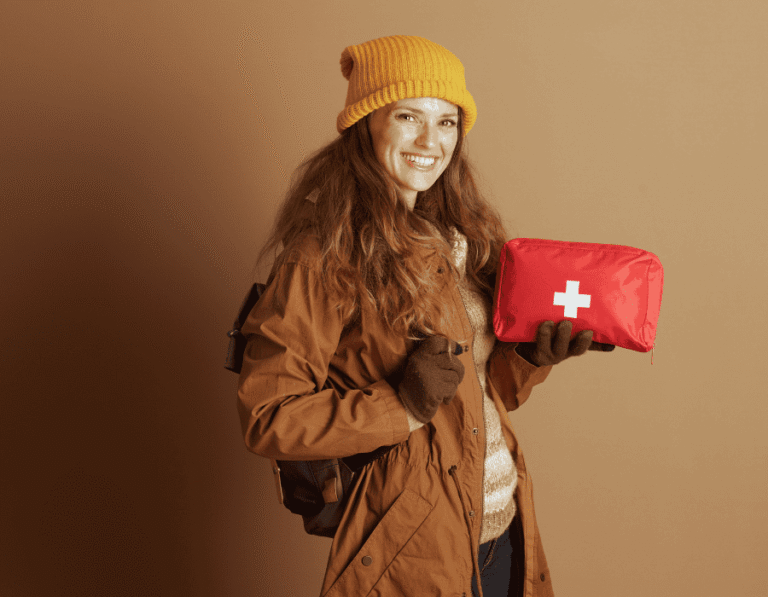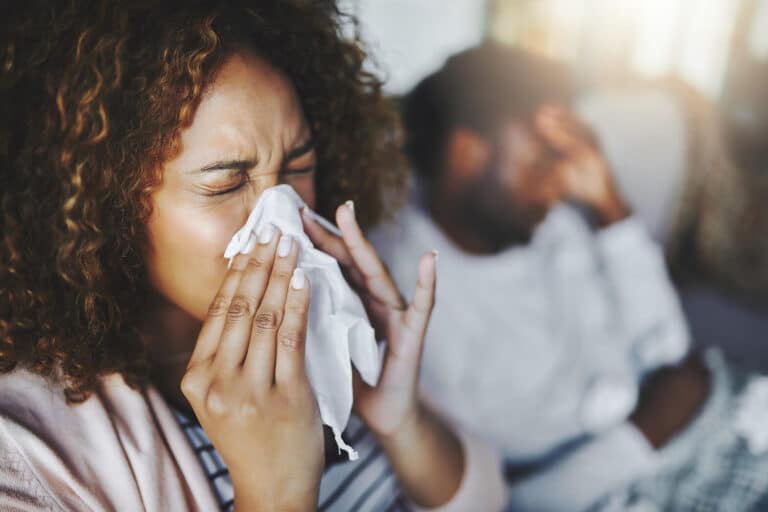While it’s one of the most popular travel destinations in the world, Europe’s summer heatwaves have become a challenge, with temperatures often going well over 40°C (104°F).
The European heatwaves of 2003 and 2019 serve as reminders of their deadly potential, with thousands affected by heatstroke, dehydration, and heart complications.

Heatwaves In Europe Aren’t A Joke!
Heatwaves in Europe don’t just leave you feeling sweaty and irritated. They can be dangerous. Europe has seen some serious heatwaves in the past – let’s take a quick look at a timeline of some of Europe’s heatwaves.

The History Of Heatwaves In Europe
Europe has seen some intense heatwaves in the past 20 years.
- 2003: July – August
The heatwave of 2003 saw western Europe reaching its highest temperatures since at least the year 1540. A total of 72,000 heat-related deaths were recorded during this time. The peak temperature recorded was 47.3°C (117.1°F).
- 2006: June – July
The 2006 European heat wave reached temperatures as high as 42°C (107.6°F) throughout western Europe. A total of 3,418 heat-related deaths were recorded in just over a month.
- 2007: June – August
Mainly affecting southern Europe, the 2007 heatwave saw a peak temperature of 47.5°C (117.5°F). Over 500 deaths were recorded in Hungary, and there were major wildfires during this time. The cost of the heat wave was estimated to be around 2 million Euros.
- 2018: April – May; June – September
The heatwaves of 2018 affected many parts of central and northern Europe throughout its spring and summer seasons. A peak of 46.8°C (116.2°F) was recorded. While there’s no official toll for lives lost, the fact that freshwater fish were dying is a good indication that this heatwave (and the drought it caused) wasn’t a joke.
- 2019: June – July
Spiking at temperatures as high as 46.0°C (114.8°F), the heatwave of 2019 was so intense that Britain’s Network Rail had to impose speed restrictions because the train tracks were buckling because of the heat. A total of 3,951+ heat-related deaths were recorded.
- 2022: June – September
From June to September of 2022, persistent heatwaves made their way across Europe. The peak temperature recorded was 47.0°C (116.6°F), with over 20,000 heat-related deaths being logged.
- 2024: June – August
Since June of 2024, there have been heat waves across Europe. The peak temperature was logged at 45.7°C (114.3°F), and a total of 19 deaths were recorded.
Who Needs To Be Extra Careful?
While the heatwaves are dangerous in general, there are a few groups that should be extra careful.
- Pregnant Travelers: Your body’s already working hard, so extra heat can only add to the stress.
- Elderly Travelers: As your body gets older, your ability to regulate temperature decreases. That means that the elderly are more likely to experience heatstroke.
- Travelers with Pre-existing Conditions: Conditions such as asthma, heart disease, and diabetes can worsen in extreme heats.
Signs You Should Look Out For
There are a couple of symptoms you can look out for that may indicate a heatstroke or heat exhaustion may happen:
- Dizziness
- Light-headedness
- Headaches
- Fatigue
- Weakness
- Rapid heartbeat
- Muscle cramps

How To Stay Safe
When you’re traveling in Europe, there are some things you can do to keep cool, calm, and safe!
- Stay Hydrated: This might seem obvious, but it’s easy to forget to drink enough water when you’re out exploring. Carry a reusable water bottle and sip regularly. Avoid alcohol, as it can dehydrate you quickly.
- Take Advantage of Cool Spots: Whether it’s ducking into a museum, café, or even a park with lots of shade, give yourself breaks from the sun, especially between 11 AM and 4 PM when the heat is most intense.
- Dress Smart: Loose, lightweight, and light-colored clothing is key. Opt for breathable fabrics like cotton or linen, and don’t forget your sunscreen, a wide-brimmed hat, and sunglasses to protect from harmful UV rays.
- Monitor the Weather: Make sure to check the forecast daily so you’re aware of any heat warnings. It’s also helpful to know if your destination has air-conditioned spaces available, like restaurants, shopping centers, and public buildings, where you can cool off.
- Use Fans: Small portable fans can make a huge difference, and really help you stay cool – especially if you’re traveling on foot.
- Eat Light Foods: Avoid heavy meals, and opt to go for things like fruits, salads, and chilled snacks to keep your body cool.
Conclusion + How To Get Help During A Heatwave
While we’re not sure what 2025’s going to look like, it’s safe to say that you should definitely keep this blog in mind if you plan to travel to Europe.
If you ever feel unwell, or notice some unusual symptoms while you’re traveling in the heat, it’s important to find somewhere cool, hydrate, and (if you’re still not feeling better), see a doctor.
With the Air Doctor app in your pocket, you can access medical care and receive expert medical guidance wherever you are in the world!
Air Doctor’s easy-to-use app gives you:
- A global network of over 20,000 multi-lingual doctors and specialists
- Choice of clinic, at-home (hotel), and video consultations
- Active in 78 countries
- 24/7 multi-lingual support
- Transparent pricing, and reviews
- Most common medical specialties
- And more













